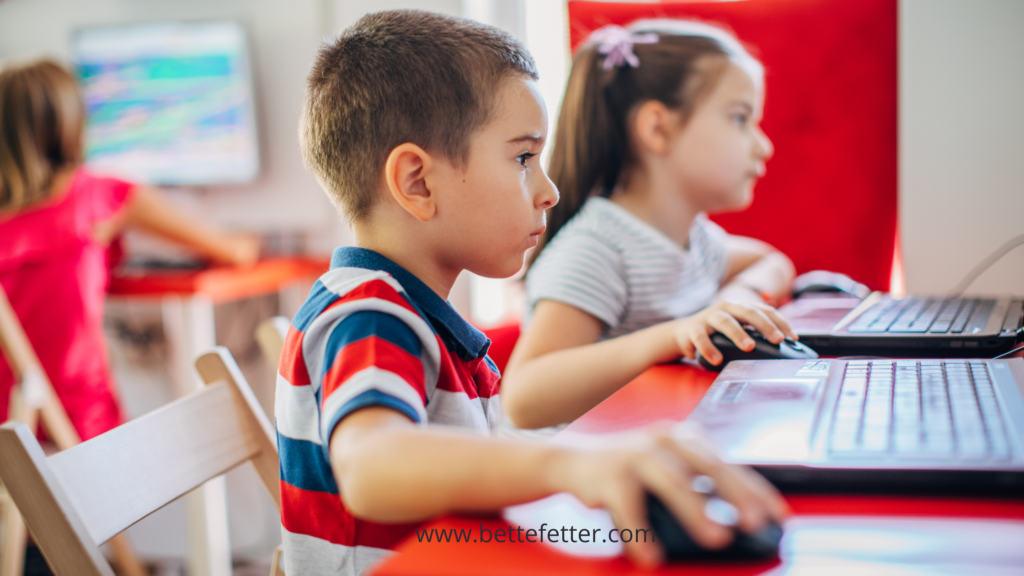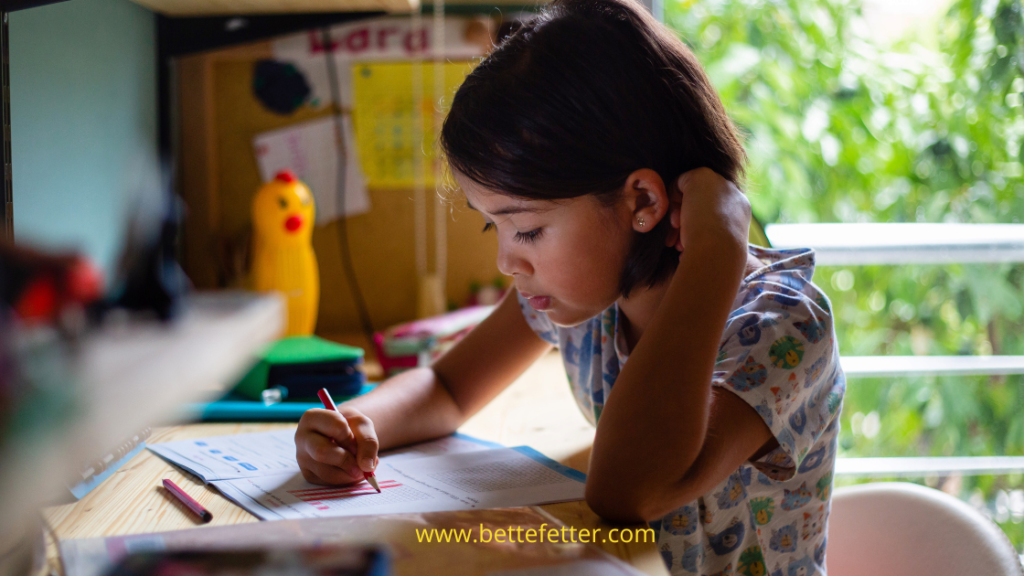Boosting Focus, Creativity, and Retention with Hands-On Learning

In today’s fast-paced digital world, education has taken on a new dimension, with technology-based classrooms becoming the norm. However, as parents, you might wonder how you can best support your right-brain dominant child. The answer lies in integrating hands-on learning into their educational journey, both inside and outside the digital classroom. Let’s delve into the reasons behind this approach and provide practical tips on how you can foster a holistic learning experience for your child.
The Benefits of Hands-On Learning for Right-Brain Thinkers:
- Enhanced Engagement: Right-brain thinkers thrive on interaction and engagement. Hands-on activities offer a dynamic learning environment that captures your child’s attention and keeps them actively participating in their education.
- Active Participation: Active engagement requires learners to be mentally present and invested in the learning process. When individuals are physically involved in an activity, their brains are more likely to allocate cognitive resources to the task, leading to better understanding and retention of information.
- Tangible Understanding: Right-brain thinkers often excel at understanding holistic concepts. Hands-on learning provides them with tangible experiences that connect theory to real-world applications, making abstract ideas more relatable and memorable.
- Multi-Sensory Exploration: Incorporating different senses into learning enhances memory retention and understanding. Hands-on activities tap into touch, sight, and even sound, creating a richer learning experience.
- Problem-Solving and Creativity: Creative minds flourish when challenged to solve problems and think outside the box. Hands-on tasks encourage critical thinking and foster creativity, helping your child develop a well-rounded skill set.
Practical Tips for Hands-On Learning at Home:
- Printed Assignments and Physical Textbooks: While digital resources are convenient, consider printing out assignments and requesting physical textbooks. These tactile materials provide a break from screen time and allow your child to engage with the content in a different way.
- Exploration Through Experiments: Encourage your child to explore scientific concepts through simple experiments. Whether it’s mixing colors, creating chemical reactions, or observing plant growth, hands-on science activities can be both educational and fun.
- Artistic Expression: Creative thinkers often have a flair for art. Incorporate art projects into their learning process. From illustrating historical events to crafting models of geometric shapes, artistic endeavors can help solidify their understanding.
- Hands-On History: Bring history to life by engaging in historical reenactments or creating mini dioramas that depict significant events. This hands-on approach enables your child to immerse themselves in the past.
- Virtual (or Real Life) Field Trips: Explore the world by taking field trips to museums, zoos, and historical sites. Many institutions offer virtual tours, allowing your child to experience different cultures and eras from the comfort of your home.
- Nature Exploration: Encourage outdoor exploration. Whether it’s identifying local flora and fauna, collecting leaves, or observing insects, nature provides endless opportunities for hands-on learning.
- Cooking Adventures: Cooking involves measurement, following instructions, and creativity. Invite your child to join you in the kitchen, turning recipes into engaging math and science lessons.
- Educational Games and Puzzles: Integrate educational games and puzzles that require problem-solving and critical thinking. Board games and puzzles can stimulate their minds while providing an enjoyable learning experience.
- Building and Construction: Provide building blocks, LEGO sets, or craft materials for constructing models. This fosters spatial awareness, engineering skills, and imaginative thinking.
- Reflect and Share: After each hands-on activity, encourage your child to reflect on their experience. This can be through discussions, journaling, or creating a short presentation to share their newfound knowledge.
In a world where technology often takes center stage, integrating hands-on learning into your child’s education can be a game-changer. By combining the benefits of interactive experiences with digital tools, you create a holistic learning environment that caters to your child’s unique strengths and learning style. Embrace the creativity within your child, and watch them flourish through the power of hands-on exploration.











